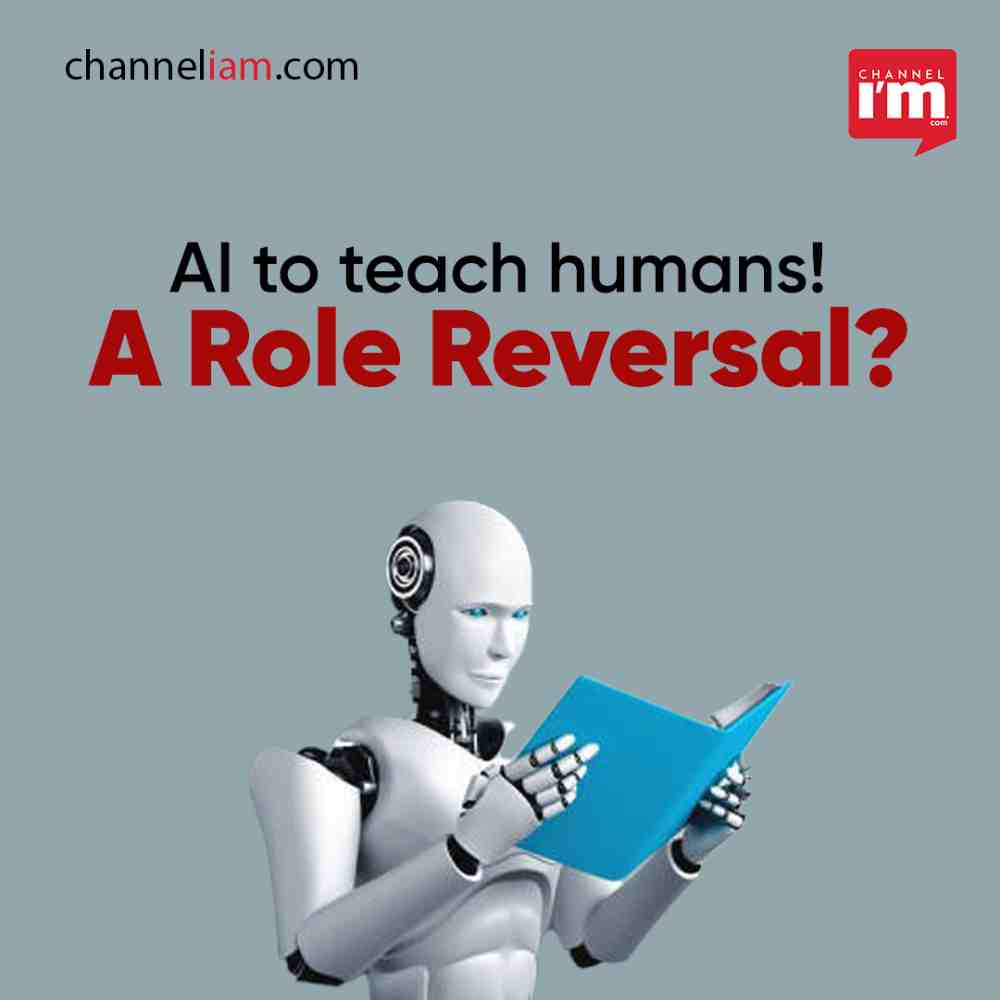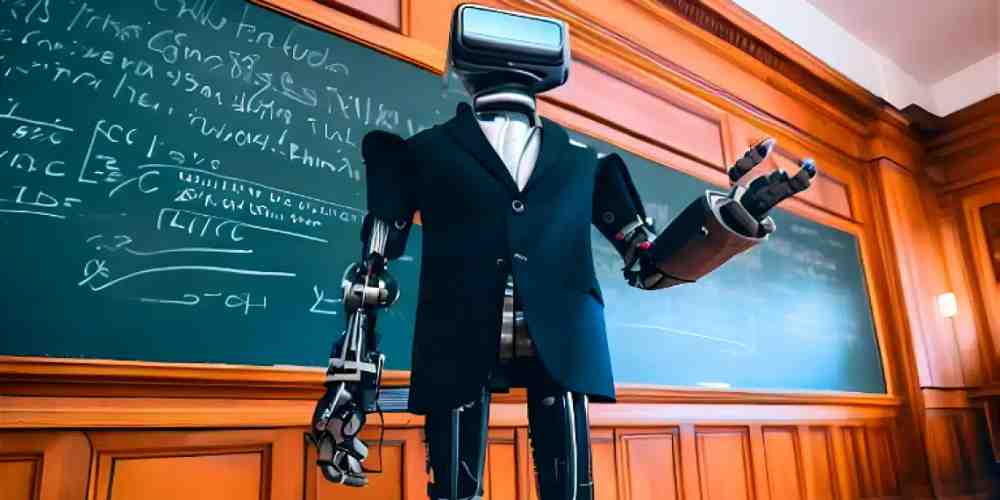Harvard University’s popular introductory coding course, CS50, will soon feature an AI instructor, marking a significant shift in the traditional student-teacher dynamic.
The university hopes that leveraging artificial intelligence will provide students with personalised, round-the-clock support and help approximate a 1:1 teacher-to-student ratio.

While the move aims to enhance the learning experience, concerns arise regarding the reliability of AI-generated code and the implications for student education. This experimental approach poses both opportunities and challenges in the realm of higher education.

A Vision for Enhanced Learning: AI as an Instructor
Harvard’s CS50 course seeks to leverage AI technology to offer students an individualised learning experience. The goal is to provide software-based tools that support students’ learning at their own pace and in their preferred style. By incorporating AI into the teaching process, the university hopes to optimise the student-teacher ratio and create opportunities for personalised guidance.
The Role of AI: Experimentation with GPT-3.5 and GPT-4 Models

CS50’s professor, David Malan, revealed that the course staff is currently experimenting with GPT-3.5 and GPT-4 models to serve as AI instructors. While AI’s potential benefits are acknowledged, the transition to an AI-powered coding professor introduces new challenges due to the inherent limitations and reliability issues associated with generating structurally-sound code consistently.
Balancing Reliability and Student Learning:
The Experimental Nature of AI Instruction
Harvard acknowledges that early versions of AI programs may occasionally underperform or make errors, which could impact student learning outcomes. However, the university hopes that the use of AI will alleviate some of the administrative tasks for course staff, enabling them to provide more personalised attention to students. The goal is to create an apprenticeship-like environment that fosters meaningful interactions and supports individual learning needs.

Considerations and Skepticism: Critical Thinking in the Age of AI Instruction
While the AI instructor approach holds promise, students are urged to approach AI-generated information critically, just as they would with human instructors. Harvard emphasises the importance of independent thinking and encourages students to discern between reliable information and potential errors that may arise from AI-generated content.
The Future of AI in Education: Balancing Innovation and Human Guidance
Harvard’s integration of AI into its coding course represents a bold step in exploring the potential of technology in education. As institutions experiment with AI-powered instructors, it becomes crucial to strike a balance between the benefits of innovation and the indispensable role of human guidance and mentorship. The successful implementation of AI in education hinges upon continual refinement and evaluation to ensure the quality of instruction and learning outcomes.

Harvard’s decision to introduce an AI instructor to its CS50 coding course reflects a progressive approach to enhancing the learning experience.
As the boundaries of education and technology converge, it is essential to strike a delicate balance between innovation and the indispensable role of human guidance. The successful integration of AI into higher education will require ongoing evaluation, critical thinking, and an unwavering commitment to student success.
